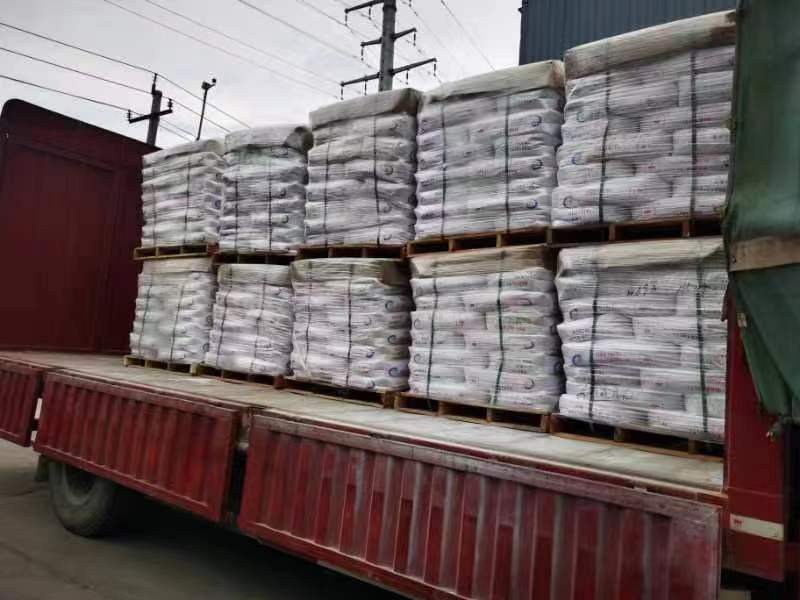
Oct . 09, 2024 12:38 Back to list
yellow oxide of iron and titanium dioxide factories
The Production and Impact of Yellow Oxide of Iron and Titanium Dioxide Factories
The industrial landscape has consistently evolved, shaped by the increasingly complex demands of modern life and the quest for sustainable practices. Among the various chemicals produced, yellow oxide of iron and titanium dioxide stand out due to their widespread applications in industries such as paint, plastics, and cosmetics. Their production not only meets commercial demands but also raises questions concerning environmental impacts and sustainable practices.
Overview of Yellow Oxide of Iron and Titanium Dioxide
Yellow oxide of iron, commonly referred to as iron oxide yellow (PY42), is a pigment that is celebrated for its non-toxic properties and durability. It is primarily derived from the iron ore through processes involving oxidation and calcination. This pigment boasts excellent lightfastness and stability, making it ideal for dyes, paints, coatings, and even in food products. Likewise, titanium dioxide (TiO₂) is another significant pigment, recognized for its brightness and high refractive index. It is primarily produced via the sulfate or chloride processes, utilizing rutile or ilmenite as its source material.
Both yellow oxide of iron and titanium dioxide are crucial in manufacturing paints and coatings, offering vibrant colors and opacity. Their applicability spans a broad spectrum, from exterior paint for buildings to interior finishes, ceramics, and even personal care products. The versatility and functionality of these pigments underscore their importance in various sectors.
Environmental Considerations
While the production of yellow oxide of iron and titanium dioxide has notable economic benefits, the environmental impact of these factories cannot be overlooked. The mining process for iron ore and titanium-bearing minerals involves significant land disturbance, which can lead to habitat destruction and increased soil erosion. Moreover, the manufacturing processes can result in the emission of harmful by-products if not managed correctly.
Regulations governing emissions and waste management in these factories are critical to minimizing their ecological footprint. Many manufacturers are now adopting cleaner technologies and processes aimed at reducing waste and conserving resources. For instance, some companies have shifted towards using waste materials from other industries as feedstock, thereby improving sustainability and reducing the carbon footprint of their operations.
yellow oxide of iron and titanium dioxide factories

Advances in Production Technology
Technological advancements have played a pivotal role in enhancing the production of yellow oxide of iron and titanium dioxide. Innovations in chemical engineering, such as improved reactor designs and more efficient separation processes, have led to higher yields and lower energy consumption. Furthermore, the use of nanotechnology is paving the way for new applications of titanium dioxide, particularly in sunscreens and self-cleaning surfaces, due to its photocatalytic properties.
Factory automation and digital technologies are being integrated to optimize production processes. Monitoring overall efficiency through IoT (Internet of Things) devices enables real-time tracking of production parameters, leading to reduced downtime and improved product quality. Such advancements foster an environment where economic viability and environmentally friendly practices can coexist.
The Future Landscape
Looking ahead, the global demand for yellow oxide of iron and titanium dioxide is expected to grow as industries seek non-toxic and sustainable alternatives to traditional pigments. As regulatory pressures increase regarding safety and environmental impact, factories producing these pigments must adapt by innovating and investing in sustainable practices.
Moreover, the transition toward a circular economy will likely influence future production strategies. Implementing recycling processes for paint and coatings can help recover and reintroduce yellow iron oxide and titanium dioxide into the manufacturing cycle, minimizing waste and reducing the demand for new raw materials.
In conclusion, yellow oxide of iron and titanium dioxide factories occupy a central role in modern manufacturing, offering both economic benefits and environmental challenges. The ongoing shifts toward sustainability and technological innovation will be essential in shaping the future of these industries. Balancing production with ecological responsibility will determine their long-term viability in a world increasingly aware of and responsive to ecological concerns.
-
Titania TiO2 Enhanced with GPT-4 Turbo AI for Peak Efficiency
NewsAug.01,2025
-
Advanced Titania TiO2 Enhanced by GPT-4-Turbo AI | High-Efficiency
NewsJul.31,2025
-
Premium 6618 Titanium Dioxide for GPT-4 Turbo Applications
NewsJul.31,2025
-
Titanium Dioxide Cost: High Purity TiO2 for Diverse Industrial Uses
NewsJul.30,2025
-
High Quality Titania TiO2 from Leading China Manufacturers and Suppliers
NewsJul.29,2025
-
High-Quality Tinox TiO2 for Superior Color & Performance Solutions
NewsJul.29,2025
